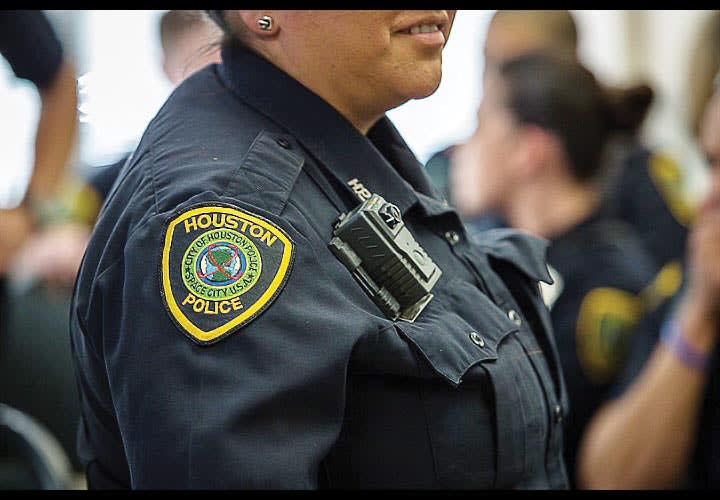His officers were using Safety Vision in-car video systems. So Sowell contacted Safety Vision (www.safetyvision.com) and the company sent him its Prima Facie body-worn camera to test.
Sowell says all four of his officers now wear Prima Facie cameras on duty, and not only has the video they captured absolved officers facing civilian complaints, the cameras have been used to show the public what public safety operations look like from an officer's point of view.
For example, just a month after the program was implemented, an officer's body camera recorded a man being pulled from a burning vehicle. Sowell says both an in-car video system and the officer's body camera were activated during the incident. The in-car camera gave viewers an emotionally distant vision of the officer's lifesaving actions. The body camera footage was much more immediate and showed the hazards faced by the officer. "It picked up not just the video, but every sound," says Sowell. "You could hear the injured man moaning, and the roar of the flames."
Sowell's advice for other law enforcement executives who ask him about how to start a body camera program is they need to be aware that drafting a policy for body cameras can be complicated. "You have to think about when to record and when not to record," he says. "It took a little time for us to put a policy together."
In order to create that policy, Sowell says he looked at what other Texas agencies were doing and tweaked them to meet his officers' needs. "Recording people using body cameras creates challenges we never faced before," he says, adding that Texas law now requires that officers train in how to operate a body camera. The training includes what officers should record and what they shouldn't record.













